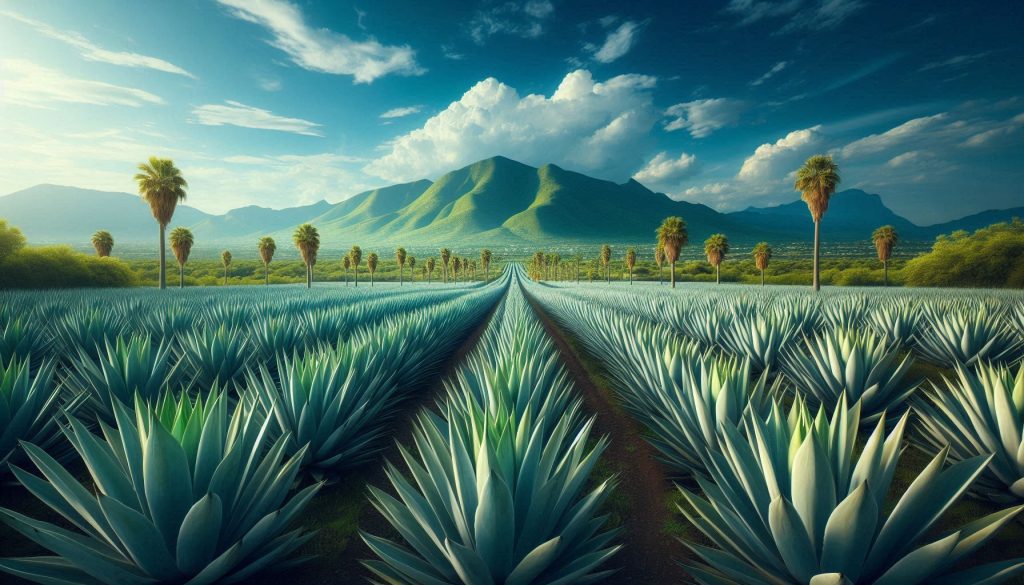¿What is Agave?

The Agave: A Natural Wonder
The agave is a fascinating plant that has played a crucial role in the culture, economy, and ecology of various regions, especially in Mexico. Known for its resilience and versatility, this plant belongs to the Agavaceae family and is native to the arid and semi-arid zones of the Americas. However, its use and cultivation have now spread to other parts of the world.
Botanical Characteristics
The agave is a succulent plant, meaning it stores water in its thick, fleshy leaves, allowing it to survive in extremely dry climates. Its leaves, which are typically long, rigid, and edged with spines, form a rosette that can range in size from a few centimeters to several meters in diameter, depending on the species. Some varieties, such as Agave americana, are known for their imposing presence and ability to grow in rocky, infertile terrain.
One of the most striking features of the agave is its life cycle. It is a monocarpic plant, meaning it blooms only once in its lifetime, usually after several years (or even decades). When the time comes, it produces a tall and spectacular flowering stalk, which can reach several meters in height. After flowering, the plant dies, leaving behind new offspring plants that grow around it.
Traditional and Modern Uses
The agave has been used by Mesoamerican cultures for thousands of years. The ancient Mexicans, for example, extracted aguamiel, a sweet juice from the plant’s piña (the core), which they fermented to produce pulque, a traditional alcoholic beverage. Today, agave is best known as the primary ingredient in tequila and mezcal, two of Mexico’s most iconic spirits. To produce these beverages, the piña of the agave is harvested, cooked, fermented, and distilled.
Beyond spirits, agave has multiple applications. The fibers from its leaves are used to make ropes, textiles, and crafts. Agave syrup, a natural sweetener derived from its sap, has gained popularity worldwide as a healthier alternative to refined sugar, particularly among those seeking natural sweeteners.
Ecological Importance
Agave is not only valuable to humans but also to the environment. Its deep roots help prevent soil erosion, and its water retention ability contributes to the preservation of arid ecosystems. Additionally, some agave species are pollinated by bats, highlighting their importance in biodiversity conservation.
Cultural Symbolism
In many cultures, the agave is a symbol of resilience and adaptability, thanks to its ability to thrive in harsh conditions. In Mexico, it is deeply embedded in the national identity, not only because of its economic significance but also due to its presence in art, literature, and traditions.
| L | M | X | J | V | S | D |
|---|---|---|---|---|---|---|
| 1 | 2 | 3 | 4 | 5 | 6 | 7 |
| 8 | 9 | 10 | 11 | 12 | 13 | 14 |
| 15 | 16 | 17 | 18 | 19 | 20 | 21 |
| 22 | 23 | 24 | 25 | 26 | 27 | 28 |
| 29 | 30 | 31 | ||||